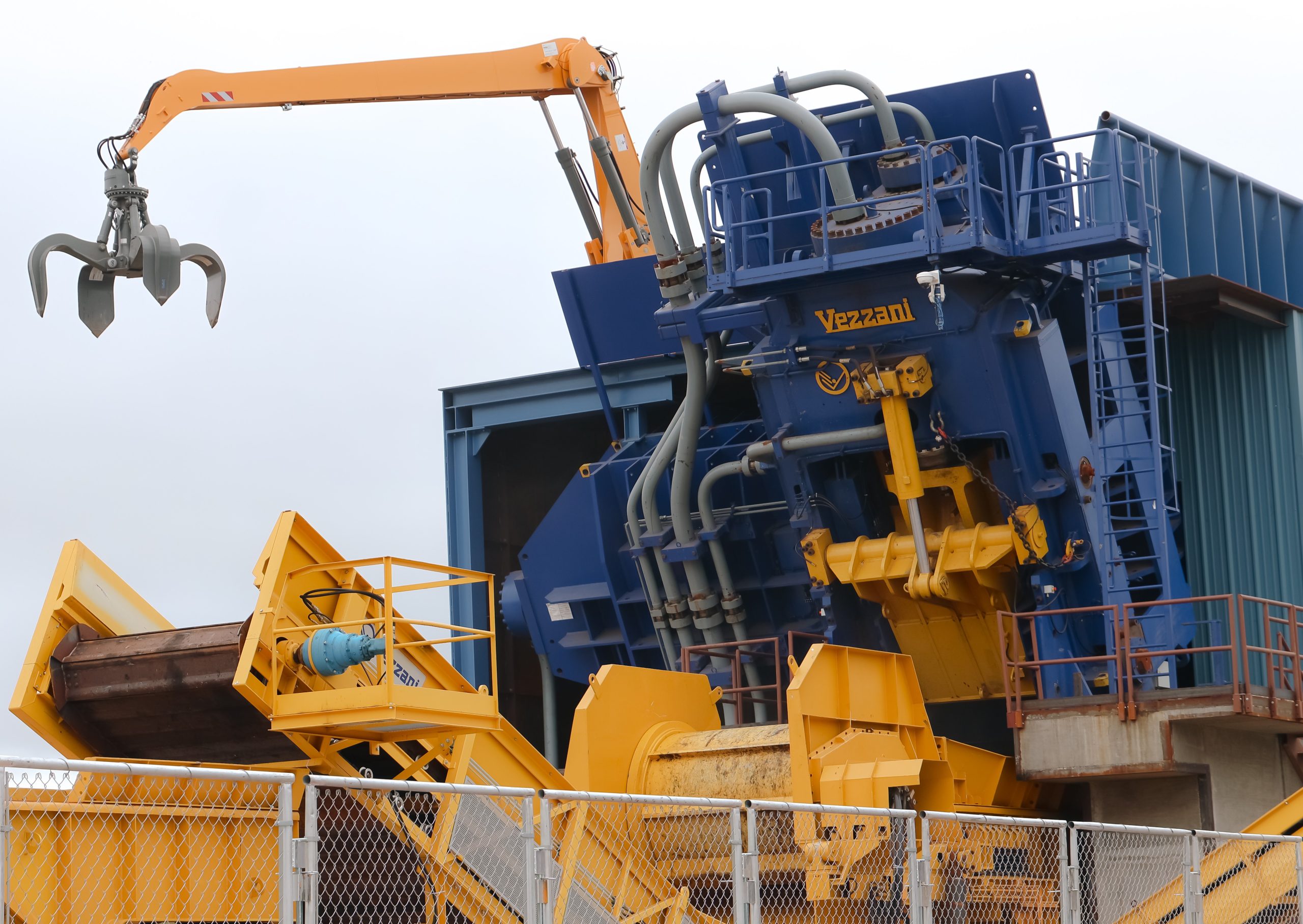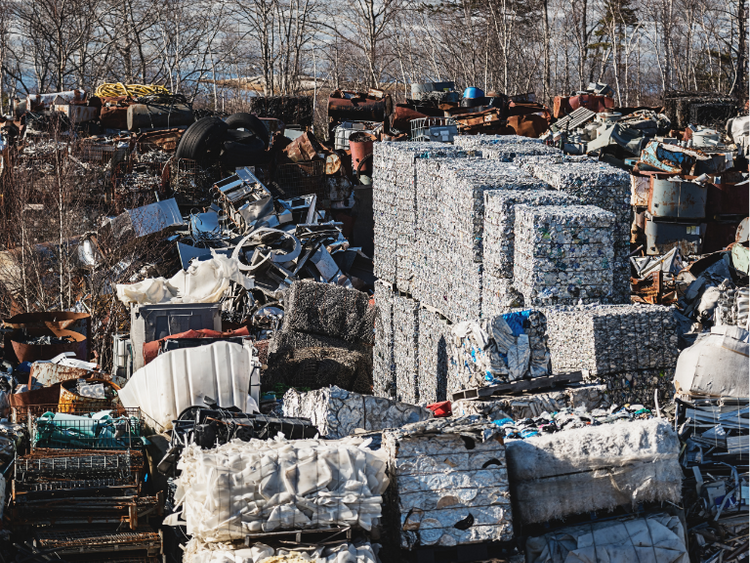Market

September 25, 2022
Final Thoughts
Written by Michael Cowden
We’ve seen a wave of mill idlings and outages this fall. But steel buyer reaction to date has been subdued.
The yawn now in response to all those tons coming out of the market stands in stark contrast to the almost hysterical reaction to downtime at even the smallest producers in early 2021.
Remember the intense scrutiny given to a USW strike at Allegheny Technologies Inc. (ATI) that year? One doesn’t typically associate ATI with carbon flat-rolled steel. But its facility in Brackenridge, Pa., rolls carbon slabs for a handful of third-party customers. Suddenly downtime even at that single facility mattered because overall steel supplies were so tight.
Now, it seems it would take a strike or lockout at US Steel, one of the biggest domestic sheet producers, to cause a similar panic. And it’s by no means certain that there will be any work stoppage at the Pittsburgh-based steelmaker. What strikes me is that some of the executives I speak with almost seem to be pinning their hopes on one. (A gentle reminder: Hope is not a strategy.)
Could mills announce another wave of price hikes to try to jolt market psychology out of its current gloominess? Perhaps. But those efforts might be stymied by what looks to be another month of weak scrap prices in October.
Scrap
You don’t need to be a scrap market insider to see why scrap might go lower again. At home, idlings and outages are reducing demand. Abroad, Europe is probably headed into a severe recession. The downturn hinges in large part on ballooning energy prices, which are spurring inflation higher and forcing the mass idling of blast furnaces on the Continent.
Turkey, meanwhile, is grappling with runaway inflation by cutting interest rates, which is an, um, unusual approach. Why does that matter? Turkey is the biggest single destination for US scrap exports, especially those from the East Coast. And if export markets are in a funk, that material is typically diverted to inland markets in the Midwest. Such a dynamic would at the very least keep a lid on domestic scrap prices and could potentially drive them lower.
On a related note, remember how prime scrap was supposed to be the next precious metal? It probably still will be in the medium- to long-term as more EAF sheet mills ramp up. But keep in mind that mills learned important lessons following the war in Ukraine – one of them being how to use greater volumes of obsolete grades such as shredded scrap as a substitute for prime scrap and pig iron.
Nucor had for years been investing in technology that would allow it to use more “low copper” shredded scrap. Those investments probably provided big dividends this year. And Nucor was hardly alone.
Steel Dynamics Inc. (SDI) has significantly reduced prime scrap usage at its EAF sheet mill in Butler, Ind., by deploying technology to take advantage of the “almost limitless” reservoir of obsolete scrap in the US, company CEO Mark Millett said at the AISTech Town Hall Forum last spring.
Recall that copper, more prevalent in obsolete grades, can make steel brittle and more prone to crack when put through the automotive stamping process. That’s why sheet mills typically rely on prime scrap, which has fewer impurities, or virgin metallics such as DRI and pig iron.
Ingenuity, technology, and market forces were already rising to the challenge of a potential prime scrap shortage. The war in Ukraine, like crises tend to do, only accelerated that trend of using shred to at least partially offset dependence on prime scrap and pig iron.
Demand
I noted in Final Thoughts last week that more respondents to our last survey reported decreasing demand. Not everyone agrees with that. One executive might say that demand is off while another might say that their customers are busier than ever.
Case in point: One service center executive told me customers who would normally be ordering for November-December are already buying for as far out as next March. But he also noted that those customers were in a niche market within construction that might be outperforming the segment broadly speaking. It’s a similar thing in agriculture. It’s hit or miss depending on who you talk to and which markets they’re in.
But there are also some stubborn facts weighing against demand. It’s hard to sugarcoat the reality that Amazon and companies like it are delaying and canceling the construction of steel-intensive warehouses. I don’t mean to pick on the warehouses. I use that example to highlight that the white-hot demand we saw for steel-intensive stuff over the last two years inevitably had to cool off.
Steel prices have no doubt cooled off too. Hot-rolled coil prices are at $770 per ton ($38.50 per cwt), down 52% from $1,600 per ton at the beginning of the year. Have we hit a bottom or are further declines in store? SMU isn’t in the forecasting business, so I’d be curious to know your thoughts.
SMU Events
PS – If all of this is Greek to you, consider signing up for our next Steel 101 workshop on Oct. 19-20 in Corpus Christi, Texas. You’ll learn the basics of steelmaking. You’ll also see steel being made at SDI Sinton, the newest EAF sheet mill in the US. You can learn more and register here.
By Michael Cowden, Michael@SteelMarketUpdate.com
The post Final Thoughts appeared first on Steel Market Update.






